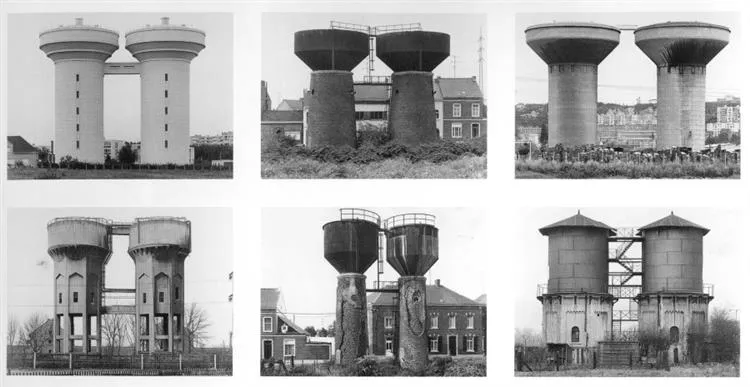Types and categories

Typology is the study and classification of objects based on types and categories.
In a system of organisation, we could say the following :
-
A thing can be in many categories. Think of groups of things sharing the same features or characteristics. There are sub-categories and super-categories.
-
A thing can only be of one type. Synonymous to a class. A type can have super-types.
I’m a Human. I’m bipedal, a vertebrate, a mammal.
In archaeology or biology, typology is a tool to help classify objects according to their physical characteristics. For example, a typology of greek vase shapes.

Some calcareous sponges (Ernst Haeckel, Kunstformen der Natur)
Reproduced from Wikimedia Commons.
In art, a typology is an artwork or a series of artworks inspired by the study and classification of something. Typologies can be boring, but they highlight the particular in the mundane. By grouping similar things, they elevate the tiny details. Progress and the passing of time are revealed, accelerated or paused.
- A website showcases a typology of UK’s wheelie bins.
- Hilla and Bernd Becher artworks document disappearing industrial architecture in Europe and America.

Twin Water Towers
© Hilla and Bernd Becher
Photography reproduced from WikiArt
What makes a typology be considered a work of art? Perhaps when it conveys an emotion or captures the essence of time.
Types and categories are also discussed in philosophy. Aristotle argues that anything existing within our reality can be divided into 10 categories.
Collecting and documenting things can be a pleasure. Anything can be collected, treasured, rated and compartmentalised into neat typologies (Pokemon cards, baseball cards, teapots, etc.). I personally enjoy collecting wooden spoons. What makes us humans so obsessed with putting things in types and categories? Maybe we are seeking the feeling of having the upper hand in our chaotic lives. Control and organisation are addictive substances. They let us understand, express ourselves, and enable technological progress.